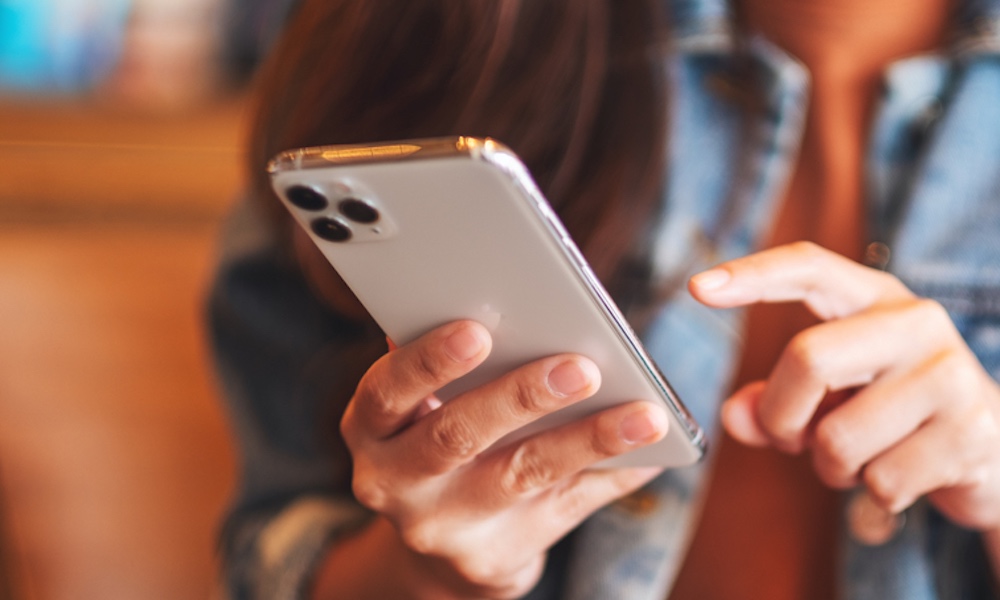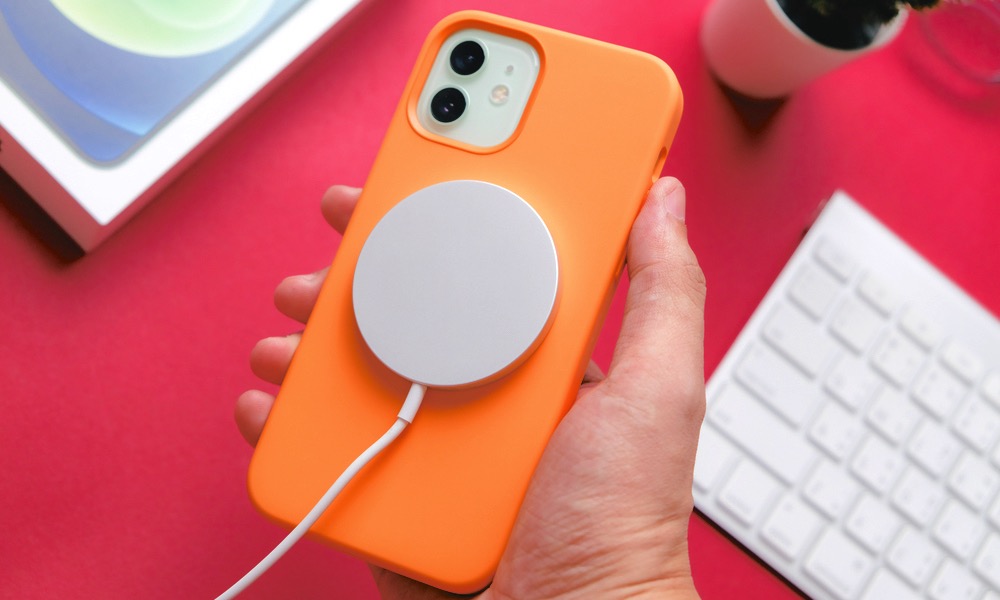Help! Why Isn’t My iPhone Turning on, and What Can I Do to Fix It?
 Credit: Farknot Architect / Shutterstock
Credit: Farknot Architect / Shutterstock
Toggle Dark Mode
Despite how good the iPhone is, it may suffer from battery-related issues (like any other device). Sometimes, these problems are pretty basic, like your battery aging over time – other times, your iPhone might not even turn on at all. Hopefully, that never happens to you, but if it does, you’ll need to understand what’s happening and how you can fix it for yourself. Here’s what you need to know.
Why Is Your iPhone Not Turning On?
First, we need to understand what’s happening to your iPhone. There may be many reasons why your iPhone isn’t turning on, but these are some of the most common causes.
Your iPhone Isn’t Charging Correctly
The first thing you should do is connect your iPhone to see if it charges normally. If not, then you might have a couple of problems. Your charger’s connector may be damaged – this is the simplest problem, and you can easily fix it.
To figure out if it’s your charger’s fault, try connecting other devices to see if they charge. If those don’t charge, you can try cleaning your charger. It may have dust, lint, or something else that prevents the charging pins from working.
If that doesn’t work, try using another charger. Make sure to check the charging cable too. Cables aren’t made to last forever, and you might need to change yours.
Otherwise, the problem might come from the iPhone itself. Why does this problem happen? It usually happens because you’re using your iPhone while charging or, in some extreme cases, by leaving it connected to the charging network overnight. This gives the integrated circuit (IC) a lot of stress. If this is the case, the problem is a bit tricky, and you’ll need to contact Apple Support for extra help.
Your Battery Is Starting to Fail
Have you noticed that the iPhone turns off in the cold, quickly discharges in a couple of hours, or turns off when the battery is 20-30% full? Unfortunately, that means the battery has a problem. It’s commonly known that after 500 charge cycles, the battery becomes basically unusable. If that’s the case, you need to look for a battery replacement.
The Power Supply Is Failing
If your iPhone turns off at the time of charging and doesn’t show signs of life, then the issue may be because its microcircuits and controllers are damaged. There probably was a short circuit on the board when charging, or the microcircuit is out of order. How can you know if this is the case? Well, usually, the iPhone starts to get hot during use, and it loses battery quickly. This issue usually happens due to surge currents using a charging adapter that’s not suitable for the iPhone.
The Power Button Is Broken
This reason isn’t common, but it can still happen. If you know your battery is working fine and your iPhone is charged up, but you can’t still turn it back on, then there may be a problem with the power button.
Your iPhone Took a Big Fall or Got Wet
No judgment, we’ve all dropped our iPhones before. And it sucks, especially when the fall was a little too dramatic for your iPhone. The same goes for water. Most iPhones now are water-resistant but technically not waterproof, so they can only take so much pressure before they start failing.
How Can You Fix Your iPhone?
Now it’s time to see how you can bring your iPhone back to life.
Charge Your iPhone
Your iPhone may just be completely discharged, which happens with iPhones that you don’t use for a long time. Connect your iPhone to a safe charger and leave it for 15 minutes.
After 15 minutes, try to press the power button. If you see the charging icon, then wait until it’s fully charged and try to turn it on again.
Use Trusted Accessories
If your iPhone isn’t responding, try using a first-party charger and charging cable. If you don’t have them, then use accessories made by trusted companies. If you have an iPhone 12, try some of the best iPhone chargers you can get. Many people use spare chargers and cables that aren’t certified, won’t protect their devices from voltage surges, and won’t supply the required voltage level.
Reboot Your iPhone
Your iPhone still hasn’t turned on? Try a forced reboot.
- If you have an iPhone 7 or older, you need to simultaneously press and hold the Power and Home buttons for 12-15 seconds, after which the Apple icon should appear.
- For the iPhone 8 and newer, since there’s no Home button, you’ll need to quickly press the volume up key, then the down key, and then press and hold down the power button until the Apple logo appears.
Use Recovery Mode
If nothing has worked, there’s still one way to fix your iPhone. You’ll need to use the iPhone’s recovery mode and a computer.
- First, connect your iPhone to your Mac computer or PC. Keep in mind that if you’re using a PC, you’ll need to have iTunes installed.
- Now locate your iPhone on your computer.
- Once you do that, make your iPhone go into Recovery Mode. On iPhone 7, iPhone 7 Plus, or seventh-generation iPod touch, press and hold the side and volume down buttons at the same time. Keep holding them until you see the Recovery Mode screen. For the iPhone 8 and newer, press and quickly release the volume up button.
- Press and quickly release the Volume Down button.
- Then, press and hold the side button until you see the Recovery Mode screen.
- You should see a pop-up window on your computer telling you that your iPhone has a problem and that you need to restore or update it.
- Click on update so you won’t lose any of your data inside your iPhone. This process will take around 15 minutes, but if it takes longer than that, you’ll need to repeat the process.
Talk to Apple Support
If everything else fails, or if you don’t want to get all that technical, contact Apple Support. This is by far the easiest and most secure way to fix any issue your iPhone may have.








